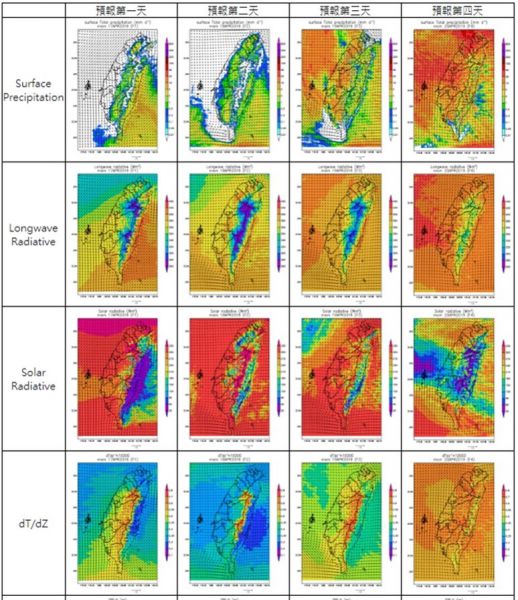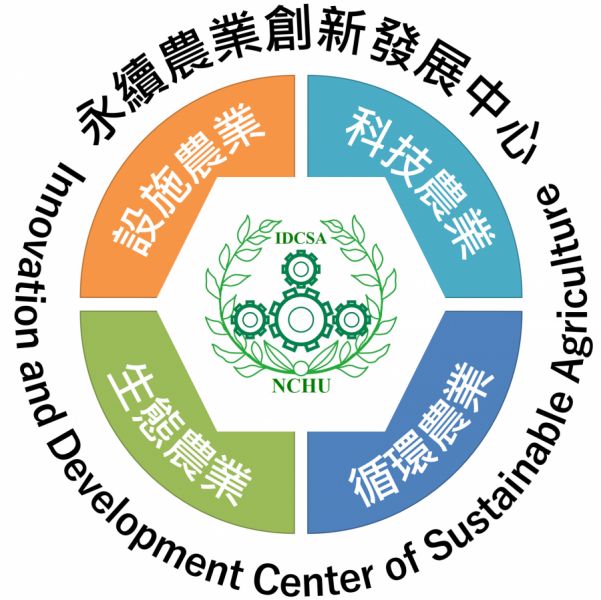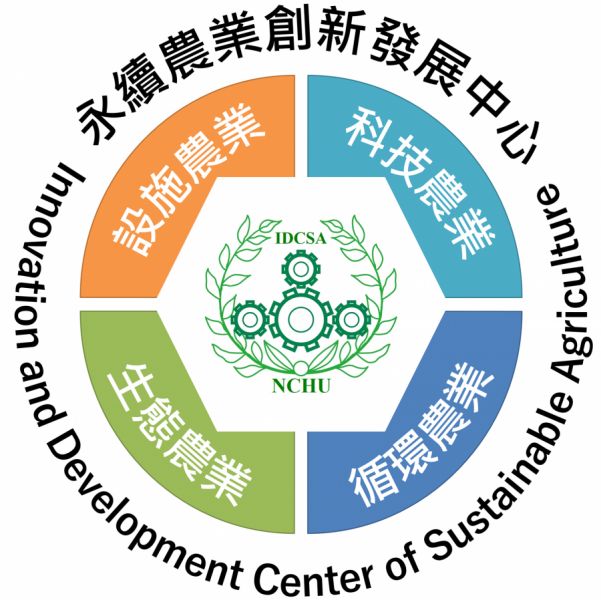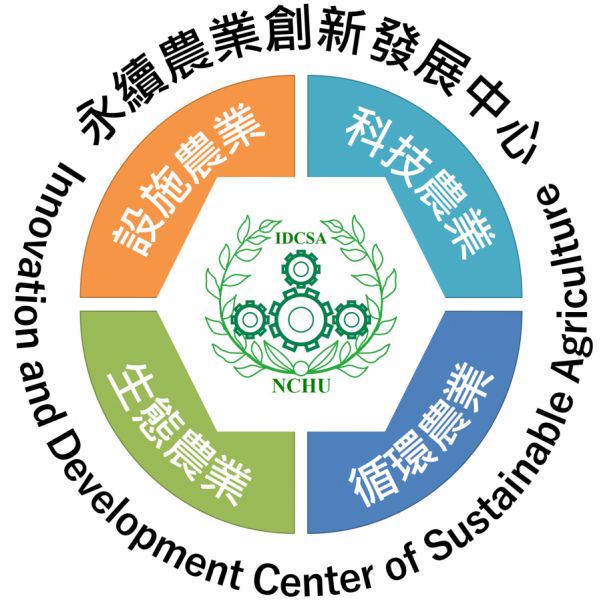Agricultural practices not only supply food for human being, but also provide ecosystem services such as regulation, supporting and culture. However, greenhouse gas (GHG) emitted from rice paddy fields are a main source of GHG emissions in agriculture. To quantify GHG emissions from rice fields and correlate with environmental factors is essential for agriculture sustainability. In addition, the development of high resolution weather forecasting that is not commonly applied in Taiwan but is essential for highly weather-sensitive farming could provide useful information for the strategy maker to reduce the cost of farming and disaster damage.
This subproject completed the in situ monitoring for GHG emissions from rice fields subject to the conventional (CA) and sustainable agricultural (SA) methods in the second season of 2018 in Chiayi, and the first season of 2019 in Chiayi and Yilan. The results showed a large amount of carbon dioxide was released from soils due to drainage in pre-harvesting stage. In addition, irrigating water was induced into paddy fields which created anaerobic environments during fertilization and irrigation stages; then a great amount of methane was produced. The total carbon dioxide flux from the CA were much higher than the SA. However, during several growing seasons, there was no specific pattern for the total methane emission from the CA and SA. In Miaoli, the trends of carbon dioxide and methane were similar with Chiayi. In addition, most of the total carbon dioxide emissions were negative, indicating that the rice fields in these area were carbon sinks. In Yilan, the GHG emissions were only measured in one growing season, so that it is uncertain for the differences in GHG flux between CA and SA. Nevertheless, the maximum carbon dioxide flux in Yilan is similar with Chiayi and Miaoli. According to the Global Warming Potential (GWP), the GWP of Chiayi was higher than the rice fields in other countries, but the GWP of Miaoli and Yilan was similar to the rice fields in other countries. Based on the Pearson correlation analyses, soil temperature correlated positively with carbon dioxide and methane emissions. Soil water content correlated negatively with carbon dioxide emission but positively with methane emission, indicating that the redox potential is an important factor affecting GHG emissions in rice paddy soils.
Microbial community studies in rice fields of Yilan were implemented by using 16S rRNA gene amplicon sequencing. The results reveal that the dominant archaeal phylogroups were Crenarchaeota, Nanoarchaeota and Euryarchaeota. The dominant bacterial phylogroups were Proteobacteria, Acidobacteria, Nitrospirae, Bacteroidetes and Verrucomicrobia. Among them, Methanosaeta, Methanosarcina, Methanolinea, Methanoregula, Methanocella and the anaerobic methane oxidizing archaea (ANME), Candidatus Methanoperedens, were the major methane producing archaea. The microbial communities between CA and SA reveal there was no significant difference. This result was similar with the microbial community studies in the long-tern ecological research (LTER) rice fields of Chiayi (the first season in 2018) and the rice fields in Miaoli (the second season in 2017). It is proposed that the difference in the amount of nitrogen fertilizer applied in CA and SA (160 kg/ha vs 120 kg/ha) was not so significant.
High resolution weather model (High resolution non-hydrostatic mesoscale spectral model, MSM) was modified to improve the ability of weather forecasting and reduce the cost of agriculture planting. In addition, four high-mountain tea farms were chosen as experimental fields to compare the observed data and model data. We also developed a broad casting software (ex. Line app.) in order to immediately covey the forecasting result to the farmers. Finally, we hope this technique can not only be used in agriculture, but also can be applied in other weather-sensitive business. In summary, this research provides scientific information to stakeholders for managing agricultural GHGs and can be applied to develop related policy for adapting climate change in the future in Taiwan.
This subproject completed the in situ monitoring for GHG emissions from rice fields subject to the conventional (CA) and sustainable agricultural (SA) methods in the second season of 2018 in Chiayi, and the first season of 2019 in Chiayi and Yilan. The results showed a large amount of carbon dioxide was released from soils due to drainage in pre-harvesting stage. In addition, irrigating water was induced into paddy fields which created anaerobic environments during fertilization and irrigation stages; then a great amount of methane was produced. The total carbon dioxide flux from the CA were much higher than the SA. However, during several growing seasons, there was no specific pattern for the total methane emission from the CA and SA. In Miaoli, the trends of carbon dioxide and methane were similar with Chiayi. In addition, most of the total carbon dioxide emissions were negative, indicating that the rice fields in these area were carbon sinks. In Yilan, the GHG emissions were only measured in one growing season, so that it is uncertain for the differences in GHG flux between CA and SA. Nevertheless, the maximum carbon dioxide flux in Yilan is similar with Chiayi and Miaoli. According to the Global Warming Potential (GWP), the GWP of Chiayi was higher than the rice fields in other countries, but the GWP of Miaoli and Yilan was similar to the rice fields in other countries. Based on the Pearson correlation analyses, soil temperature correlated positively with carbon dioxide and methane emissions. Soil water content correlated negatively with carbon dioxide emission but positively with methane emission, indicating that the redox potential is an important factor affecting GHG emissions in rice paddy soils.
Microbial community studies in rice fields of Yilan were implemented by using 16S rRNA gene amplicon sequencing. The results reveal that the dominant archaeal phylogroups were Crenarchaeota, Nanoarchaeota and Euryarchaeota. The dominant bacterial phylogroups were Proteobacteria, Acidobacteria, Nitrospirae, Bacteroidetes and Verrucomicrobia. Among them, Methanosaeta, Methanosarcina, Methanolinea, Methanoregula, Methanocella and the anaerobic methane oxidizing archaea (ANME), Candidatus Methanoperedens, were the major methane producing archaea. The microbial communities between CA and SA reveal there was no significant difference. This result was similar with the microbial community studies in the long-tern ecological research (LTER) rice fields of Chiayi (the first season in 2018) and the rice fields in Miaoli (the second season in 2017). It is proposed that the difference in the amount of nitrogen fertilizer applied in CA and SA (160 kg/ha vs 120 kg/ha) was not so significant.
High resolution weather model (High resolution non-hydrostatic mesoscale spectral model, MSM) was modified to improve the ability of weather forecasting and reduce the cost of agriculture planting. In addition, four high-mountain tea farms were chosen as experimental fields to compare the observed data and model data. We also developed a broad casting software (ex. Line app.) in order to immediately covey the forecasting result to the farmers. Finally, we hope this technique can not only be used in agriculture, but also can be applied in other weather-sensitive business. In summary, this research provides scientific information to stakeholders for managing agricultural GHGs and can be applied to develop related policy for adapting climate change in the future in Taiwan.




